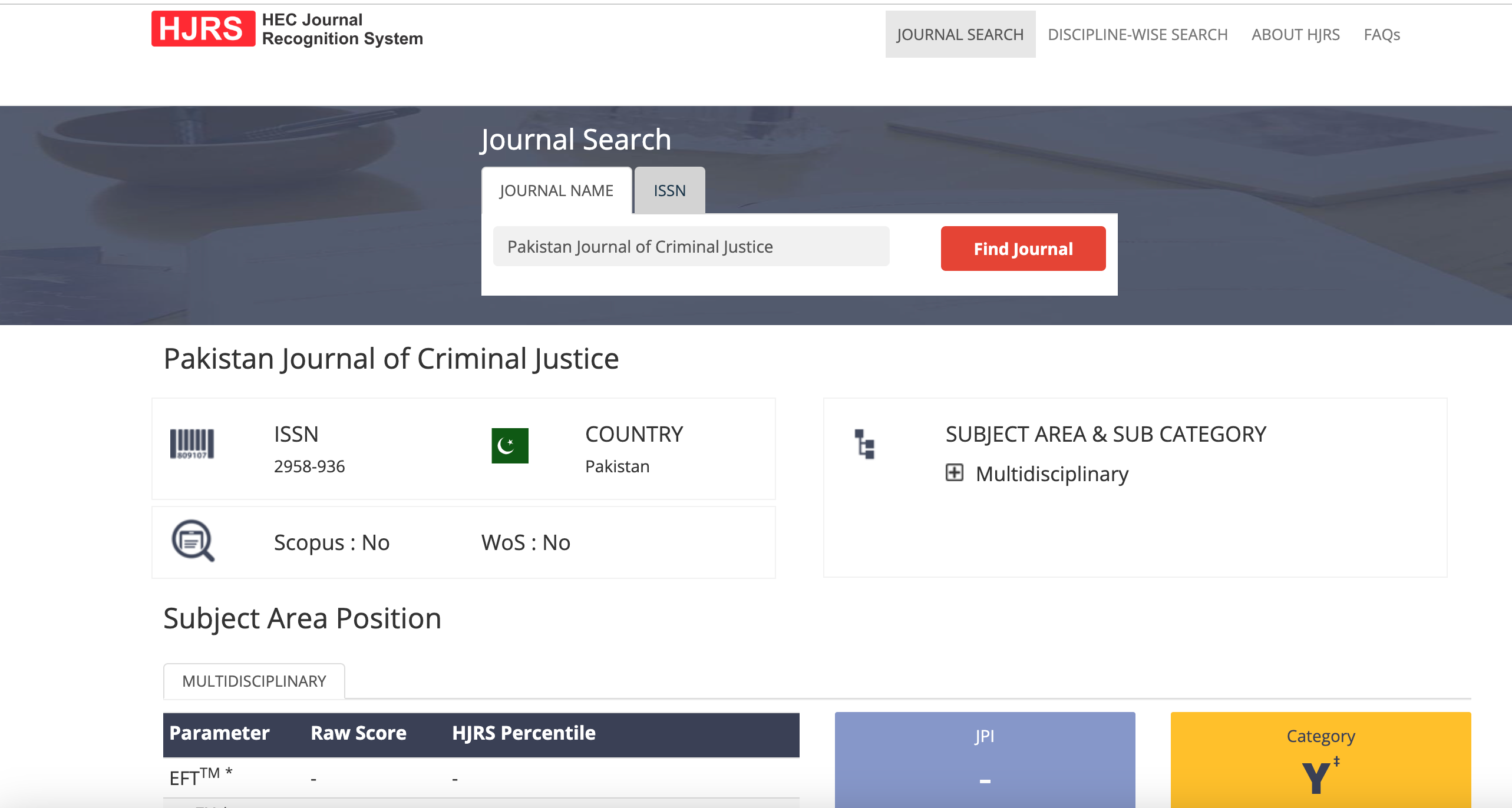The Erosion of Tax Culture in Pakistan: Exploring the Consequences of Income Tax Evasion
DOI:
https://doi.org/10.62585/pjcj.v3i1.55Keywords:
income tax evasion, pakistan, administration, governance pakistanAbstract
This study examined the causes and consequences of income tax evasion in Pakistan's income tax culture. The aim of this study is to provide lawmakers and tax authorities with guidance on how to promote. The subject matter of this study was the importance of escaping financial responsibility through tax nonpayment locally and globally. Analyzing it with the help of qualitative data analysis methods was necessary. From these findings, causes of tax evasion may include high tax rates, complex legal systems as well as lack of trust in government. Proposals for legislative changes will be made by improving law enforcement measures; conducting awareness programs among publics; strengthening governance; increasing collaboration with other agencies, and monitoring policies Hence, these issues need to be dealt with so that a revenue stream is collected and compliance assured as illustrated in this report. Therefore, this article is a guide for policymakers, supervisors and academicians on how to best handle the issue which will make Pakistan a favorable place for doing business.
Downloads
Published
How to Cite
Issue
Section
License
Copyright (c) 2023 Mirza Khuram, Ali Raza Laghari, Dr. Rehman Akhtar, Ansar Abbas

This work is licensed under a Creative Commons Attribution-NonCommercial 4.0 International License.





